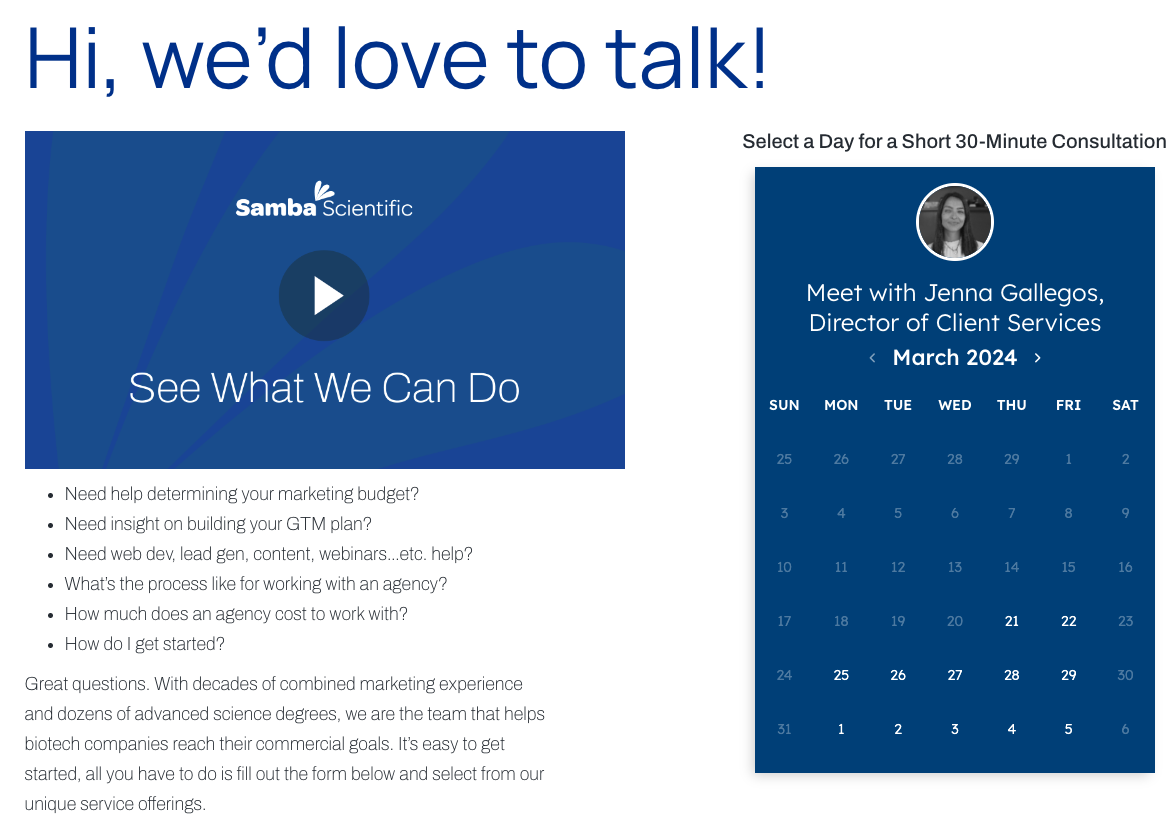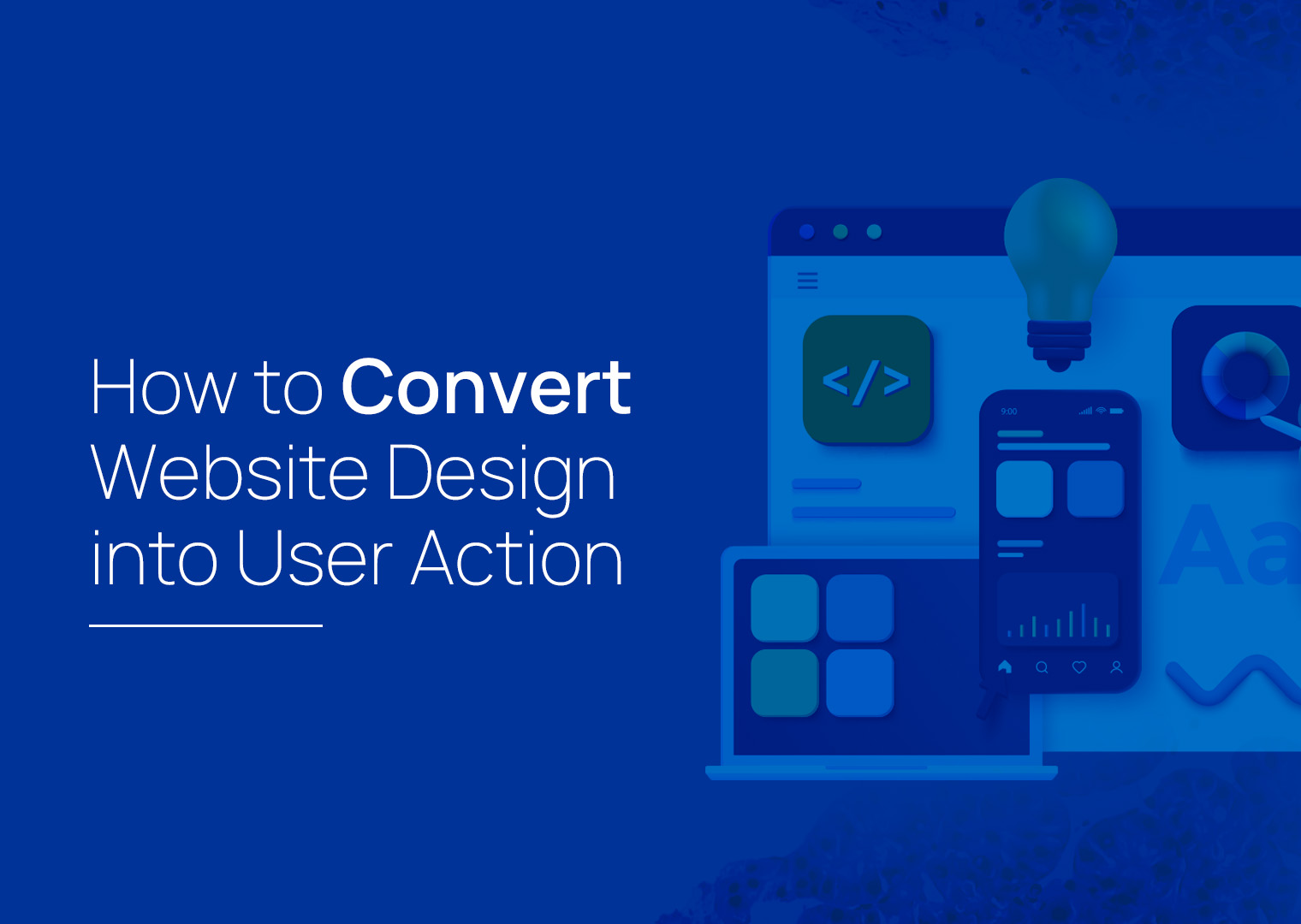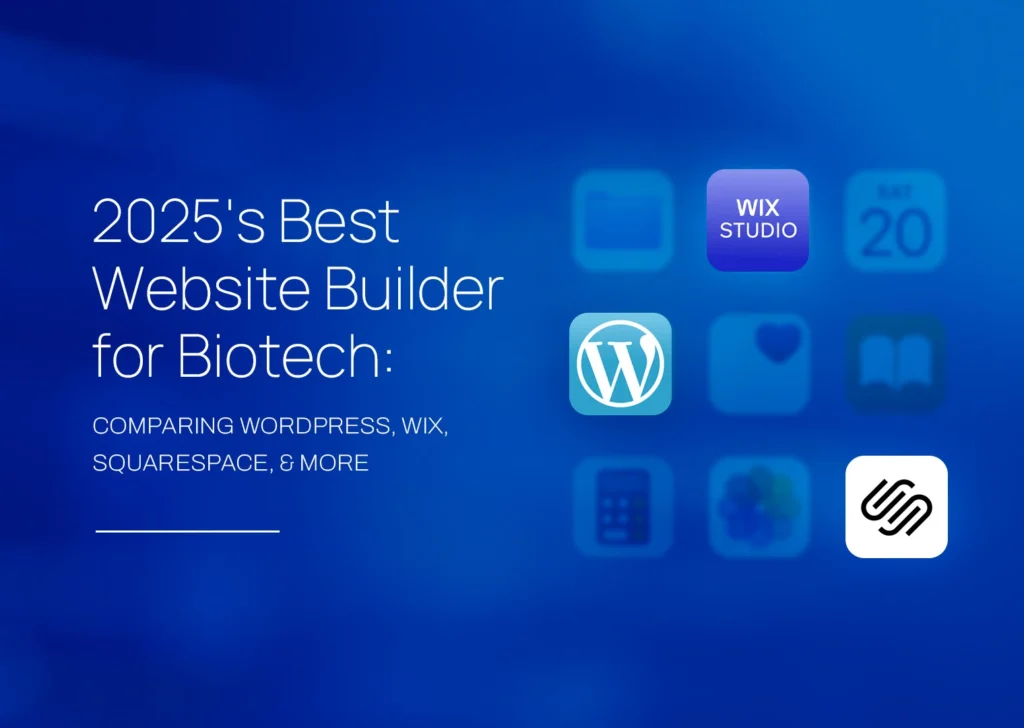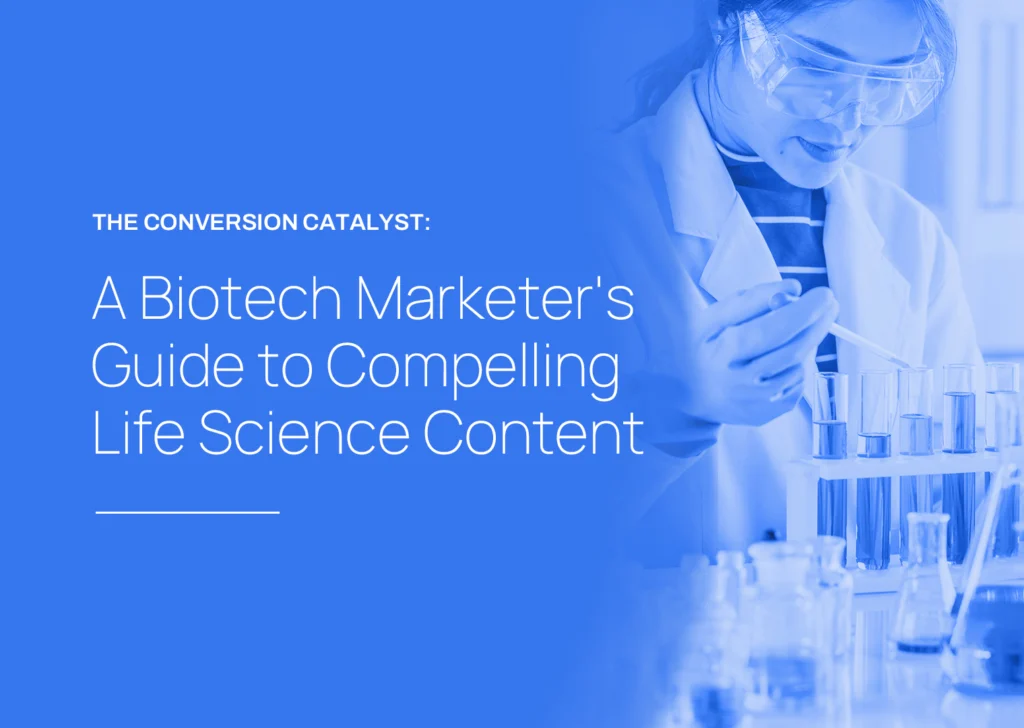Highlights
- Website designers often focus on aesthetics over conversions and user actions. This misses key opportunities to promote business goals through webpage design.
- Optimizing strategic choices around visual hierarchy, CTAs, layouts, content presentation, and form simplicity provide an effective way to promote conversions.
- Using analytics to continually test and optimize page elements creates a data-driven approach to unifying user experience with business growth.
- Adopting these practices directly connects user flows to business goals, leading to an increase in target user actions.
Orient Design to Business Goals
Optimal design decisions are context-dependent. For example, a company offering virtual networking software might prioritize free trial signups as its primary conversion goal. In this case, contrasting colors, strategic element positioning, and supporting imagery would draw attention to trial CTAs. Simplifying form fields to the minimum information needed also reduces barriers to completion. In contrast, an advocacy website might aim to maximize social media engagement by giving prominence to share icons and pull quotes. Contrasting backgrounds could highlight selected passages for standalone circulation and metadata could be optimized to reinforce share ability. In both instances, the choice of website architecture should guide visitors along tailored conversion pathways using aligned design principles.Connect Design to Conversions
Choices like prioritizing visual hierarchy of CTAs, minimizing form field friction, and crafting shareable content can promote conversions. Some strategies include:Visual Hierarchy
- Data-informed CTA placement and creative optimization
- Guiding sightlines through page layout
- Typographic contrasts to direct attention
How to Convert Website Design into User Action – Simplify Forms or Lead With a Calendar
– Simplify Forms or Lead With a Calendar
- Reducing unnecessary fields
- Show/Hide option for advanced sections
- Pre-filled information where possible
- Inline validation to reduce errors
Shareable Content
- Pull quotes for social snippets
- Contrasting backgrounds to spotlight shareable passages
- Including sharing metadata in page headers
Ongoing Testing and Optimization
- A/B testing CTA variations
- Reviewing analytics to identify drop-off points
- Iterating page layouts and content presentation
- Personalizing experiences over time



